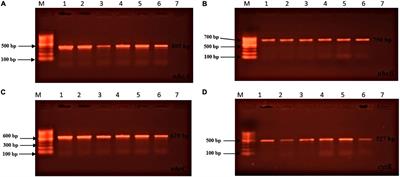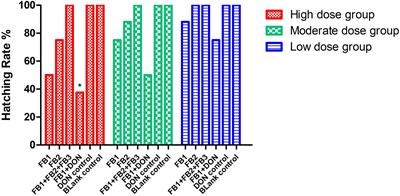ORIGINAL RESEARCH
Published on 03 Apr 2023
Subclinical doses of dietary fumonisins and deoxynivalenol cause cecal microbiota dysbiosis in broiler chickens challenged with Clostridium perfringens
doi 10.3389/fmicb.2023.1106604
- 5,258 views
- 19 citations




